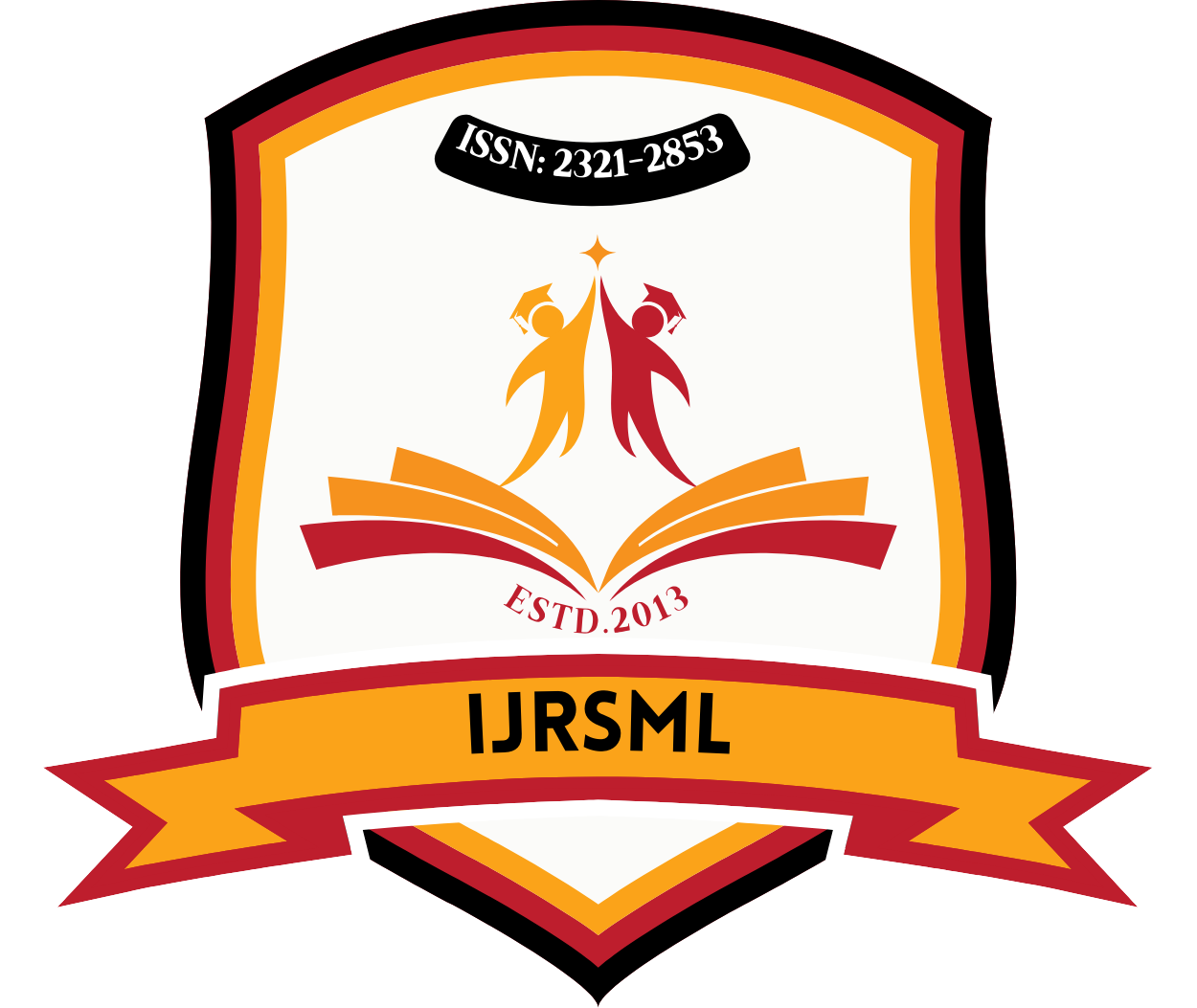![]()
DOI: https://doi.org/10.63345/ijrsml.v13.i7.5
Sonal Jain1 & Dr. Akankasha Kathuria2
1Research Scholar
Maharaja Agrasen Himalayan Garhwal University
Uttarakhand, India
2Assistant Professor
Amity University
Rajasthan, Jaipur, India
Abstract
This study investigates the intersection between ethnolinguistic identity and career choices among multilingual Indian youth. India’s cultural and linguistic diversity presents a complex framework for understanding how language and identity influence career aspirations, decisions, and mobility. By exploring how multilingual youth perceive their mother tongues and regional dialects in relation to career prospects, this study reveals patterns that connect language pride, stigma, and socioeconomic opportunities. Through surveys, interviews, and statistical analysis conducted among 500 students from linguistically diverse backgrounds, the study identifies the emerging trends, constraints, and empowerment associated with multilingualism in shaping career trajectories. The research highlights the need for inclusive language policies in education and employment to bridge sociolinguistic disparities.
Keywords
Ethnolinguistic identity, multilingualism, career choices, Indian youth, language and employment
References
- Annamalai, E. (2001). Managing Multilingualism in India: Political and Linguistic Manifestations. SAGE Publications.
- Bhatia, T. K., & Ritchie, W. C. (2004). Social and psychological factors in language mixing. In The Handbook of Bilingualism (pp. 336–352). Blackwell Publishing.
- Fishman, J. A. (1999). Handbook of Language & Ethnic Identity. Oxford University Press.
- Mohanty, A. K. (2010). Language, inequality, and marginalization: Implications of the double divide in Indian multilingualism. International Journal of the Sociology of Language, 205, 131–154.
- Norton, B. (2013). Identity and Language Learning: Extending the Conversation. Multilingual Matters.
- (2019). UNESCO Global Education Monitoring Report: Migration, Displacement and Education. https://unesdoc.unesco.org/ark:/48223/pf0000265866
- Kumar, M., Taneja, R., & Kapoor, R. (2015). Multilingualism and cognitive advantage among Indian students. Journal of Indian Psychology, 30(1), 45–59.
- Government of India. (2003). The National Curriculum Framework. NCERT.
- Sridhar, K. K. (1996). Language in education and multilingualism in India. Language Policy and Pedagogy: Essays in Honor of A. Ronald Walton, 57–70.
- National Education Policy (NEP). (2020). Ministry of Education, Government of India. https://www.education.gov.in/sites/upload_files/mhrd/files/NEP_Final_English_0.pdf
- King, K. A., & Fogle, L. (2006). Bilingual parenting as good parenting: Parents’ perspectives on family language policy. International Journal of Bilingual Education and Bilingualism, 9(6), 695–712.
- Khubchandani, L. M. (1997). Revisualizing Boundaries: A Plurilingual Ethos. SAGE Publications.
- Graddol, D. (2010). English Next India: The Future of English in India. British Council.
- Chand, V. (2009). Multilingualism in Indian workplaces: The case of call centres. Journal of Indian Linguistics, 70(2), 215–232.
- Pattanayak, D. P. (1990). Multilingualism in India. Multilingual Matters.
- Spolsky, B. (2004). Language Policy. Cambridge University Press.
- De Korne, H. (2012). Indigenous language revitalization and the role of education. Canadian Journal of Education, 35(3), 206–235.
- Skutnabb-Kangas, T. (2000). Linguistic Genocide in Education–or Worldwide Diversity and Human Rights? Routledge.
- Bourdieu, P. (1991). Language and Symbolic Power. Harvard University Press.
- Vaish, V. (2008). Multilingualism and Education in India: English as L2 in the Multilingual Context. Springer.
